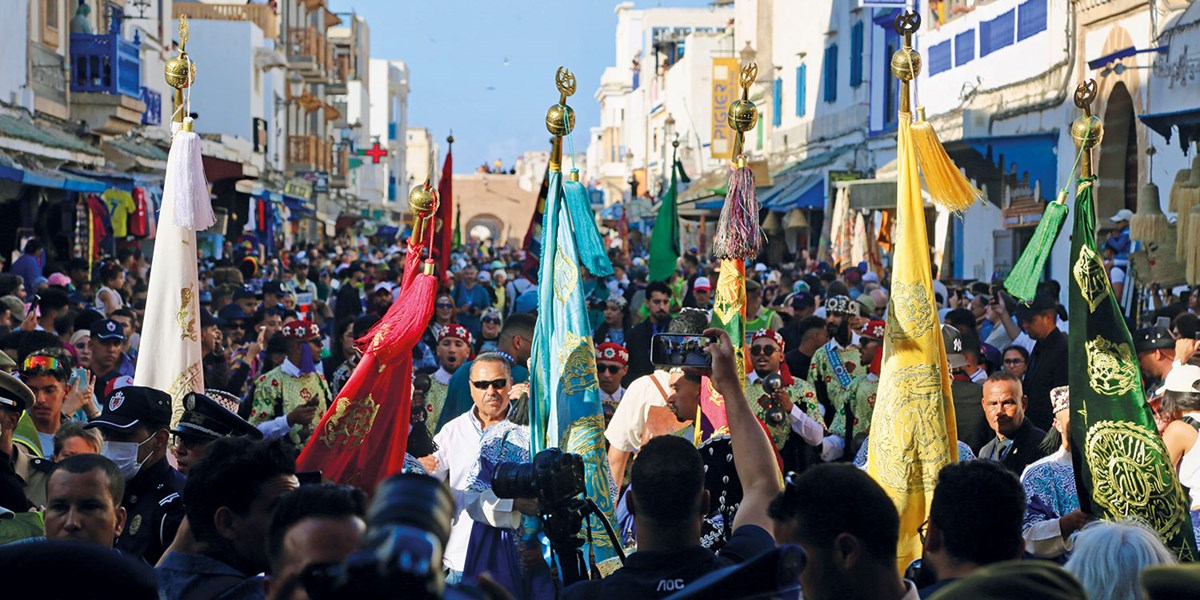Thursday, August 29, 2024
Celebrating 25 editions of the Gnawa festival in Essaouira
The annual Gnawa festival in Essaouira, Morocco has just celebrated its silver anniversary. Torben Holleufer has been a regular visitor since its first incarnation and returns to assess its impact, reflecting on some of the magical, unique and heartbreaking moments of the past 25 editions

The great procession arrives at the end of the medina in Essaouira

Register now to continue reading

Thanks for visiting the Songlines website, your guide to an extraordinary world of music and culture. Sign up for a free account now to enjoy:
- Free access to 2 subscriber-only articles and album reviews every month
- Unlimited access to our news and awards pages
- Our regular email newsletters

